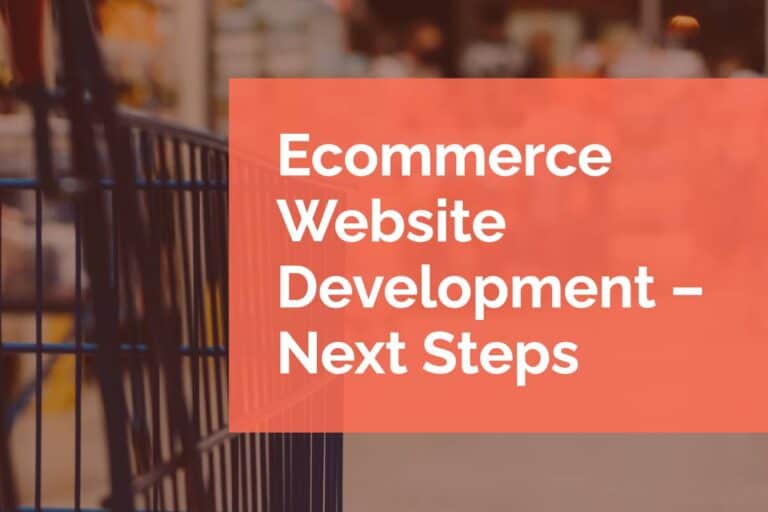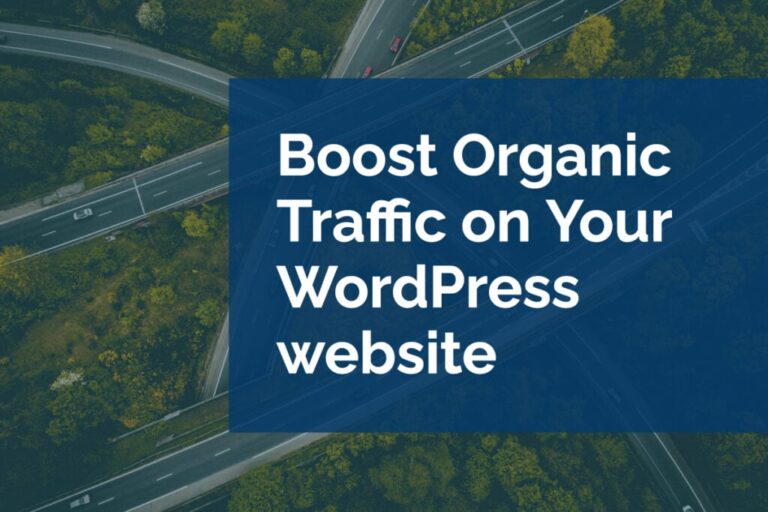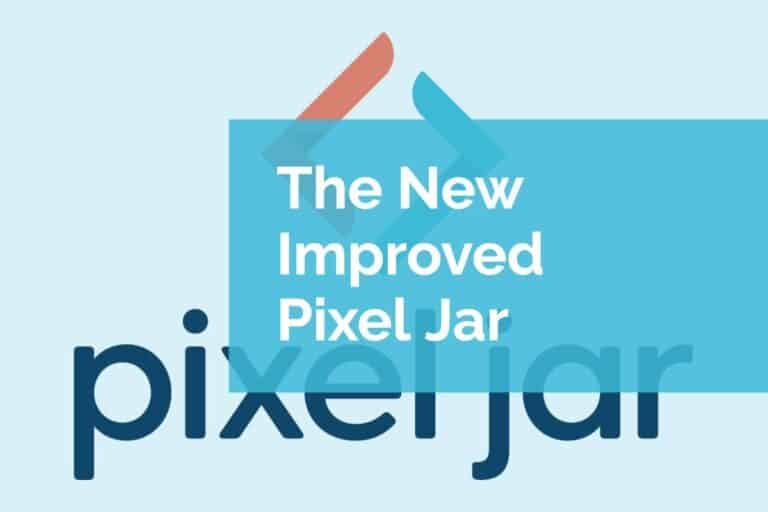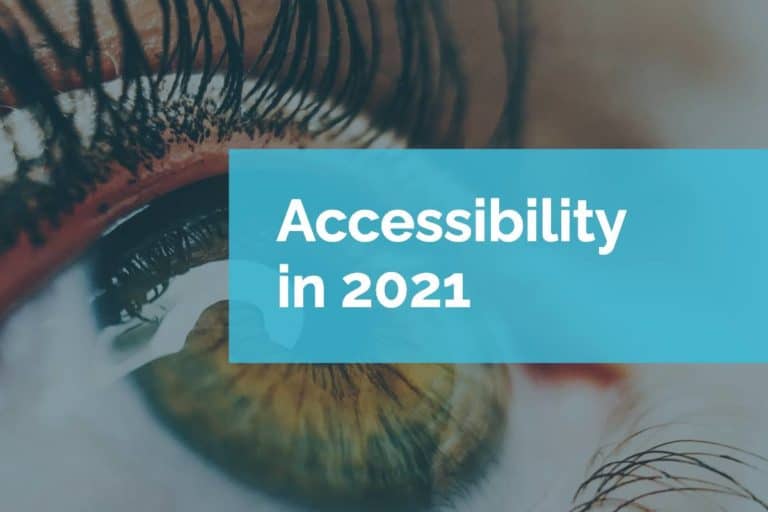Future-Proofing Your Website
It’s no secret that when it comes to technology and business, things are always changing. Companies that don’t embrace this fact often find themselves left behind their competition. Future-proofing your website is a great tactic. It should not only be optimized for success and beautifully designed, but built to last.
The challenge most businesses face isn’t just their website’s current state, but also how they’ll best prepare themselves for the changes needed in the future. Imagine trying to row a boat further and further from shore while constantly plugging leaks in the bow. You wouldn’t make it very far. But with a solid and sturdy hull your options for the future are much more vast. Your website is the same way – a solid foundation upon which to build makes all the difference in the world.
5 Best Practices for Future-Proofing your Website
1. Choosing WordPress as a CMS
We can’t stress enough how important it is that you choose a CMS that will be able to grow with you, your business, and technology.
There’s a reason why WordPress is the chosen platform for business owners and is currently the most popular CMS and blogging platform on the web. With over 60 million websites and one-third of the entire internet powered by WordPress, this CMS is the one we recommend most often to business clients regardless of sector or size. Because of its popularity, at any given time there are thousands of developers working on the exact same platform as you supporting millions of websites. How does that benefit you? It means that there are thousands of available plugins, themes, and developers that you can help you tackle any challenge you run into with your own website. It also means there is a huge team of developers constantly updating the codebase for speed, functionality, and security.
Can’t quite figure out how to add the customizations you want? Those same thousands of developers are often available to help as well.
Time on Your Side
Time is our most valuable resource. There’s never enough! WordPress offers a great solution for this problem by making what would take perhaps months on other platforms, to something that can be completed within a few days or weeks. Because WordPress has a number of built-in tools like a visual editor, user settings, and a database ready to go, even the most novice user can typically have a WordPress site up and running in short order.
2. Responsive Design
We know instantly when a website looks terrible on a mobile phone. Don’t be that company! With more than half of all web traffic coming on mobile devices it is critical that your website look great on Android, iOS or any other mobile device. Responsive design ensures that your pages will intuitively adapt and format, depending on the size of the users’ screen.
Building a page with responsive design will not only ensure that you can interact with your customers on all their current devices, but it will also ensure that you’re able to keep up with the trends of the future, such as the Samsung Fold. Remember, your website is about the user’s experience and delivering a great experience across any device is critical to future-proofing your website.
3. Don’t Forget About Content
With all of this talk about CMS and design, it’s easy to forget how important content is for future-proofing your website. While some content is fluid, if you build your key marketing pages with the future in mind, you likely won’t need to update them that often. We call this “evergreen” content which is to say the content will be useful both now and into the future.
Part of making your key marketing pages evergreen is making sure that you’re covering your cornerstone content effectively. By understanding the structures that really explain what your website is about you can weather smaller changes to content around those cornerstones.
A great strategy to practice, regardless of if you’re outsourcing your content creation or creating it yourself, is to ensure that you’re conducting longtail keyword research.
This practice will ensure that you’re not focusing on the keywords you hope will bring customers to your site, but that you’ve really thought about what the customers intent is, what they’re going to type into a search engine when they are ready to buy, and what will motivate them to buy it from you. Does keyword research take time? Yes, it does. But NOT researching keywords for your content increases the chance that no one will find your website at all.
You also need to ensure that you’re mastering your on-page SEO strategy. We don’t mean to mention WordPress again, but there’s a great (and free) plugin that you can use from Yoast, which will prove invaluable in helping you ensure that your on-page SEO is top notch. No, a single plugin won’t make you an SEO master. But a startling number of websites – including many of your competitors – aren’t paying any attention at all to search engine optimization. Simply instituting the basics will give you a leg-up on many competitors when it comes to being discovered online.
4. Simple is Best
Back on the topic of sustainable design and development, you’ll want to ensure that you, keep things simple.
Here’s a list of things that your developer should be able to manage without running into too many difficulties.
- Changing page layouts (without having to use HTML or CSS)
- Changing colors, patterns, or header and footer elements
- Adding of plugins and external extensions
- Creating custom code or being able to edit existing code
- Ability to add or change eCommerce without disrupting the entire website
- Ability to add new and manage existing content
Every time a simple change needs to happen shouldn’t require hours and hours of heavy coding. Instead, your website should be built with change in mind. This provides you and your team the ability to make important content and appearance changes without a lot of friction.
5. Think Long-Term
The final best practice on our list is really a frame of mind. If you want to be ahead of the game you need to consistently think ahead of the game.
What future goals do you have for your company? If there is a new product or initiative set for the next few months does your digital strategy provide resources to support that initiative? What kinds of features will your customers and clients expect in the future? Are you keeping an eye out for new technology or interactivity that can help propel your brand forward? Who is responsible for making sure those awesome new features and benefits actually make it to your website in the first place?
Keeping an open mind and solid perspective when it comes to the future of your website should put you in a position to move quickly when the opportunity arises. The worst thing you can when future-proofing your website is lock yourself in to yesterday’s strategy.
Need Help?
As you may have noticed, most of our best practices for future-proofing your website start when you choose your new platform. We completely understand how overwhelming this process can be and want you to know that we’re here to help.
If you want to get your business online or edit your existing website to leverage some of the best practices we’ve discussed, we’d love to talk to you! Our team has a combined 40 years of experience designing and developing websites. We can help steer you into the future as well.






